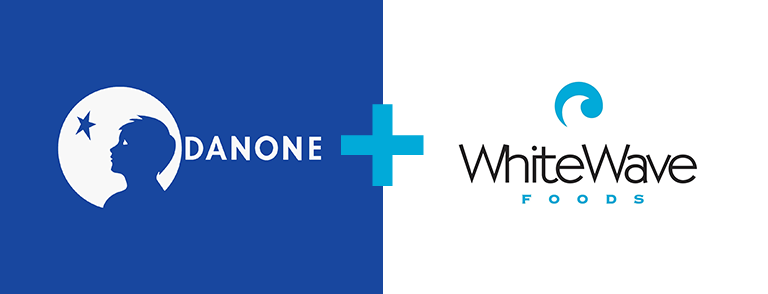Amazon and Whole Foods Market aren’t wasting any time. It’s been awhile since the e-commerce giant purchased the grocery chain for $13.7 billion, and no time has been wasted in this merger. Let’s review all the changes that are occurring and what this price war means for competitors.
Can we say goodbye to ‘whole paycheck’? We’ll see.
The day the deal closed on the Amazon-Whole Foods merger, headlines reported that prices at Whole Foods were slashed by 43%. While that sounds impressive, the reduction was only on a few things like avocados, bananas and some other select products. The real question is, was it a tactic to create the illusion of lower prices, or will it continue?
Seems like we are going to have to wait and see. And the real burning question is, will the price drops convert new customers? Will cost-conscious consumers that have avoided Whole Foods actually start shopping there? After all, Whole Foods Market prices are still higher than Walmart’s, Aldi and Trader Joe’s. A basket of Walmart goods still comes out 37% cheaper than at Whole Foods.
The critics are mixed. According to Neil Saunders, managing director of GlobalData Retail, “the reductions have, quite honestly, been haphazard and they’ve done very little to change people’s’ perception of the company.” But other sources say that these “price cuts on select items” aren’t a one time thing, they could be a long term approach, that loyal and new customers will ultimately love.
But Whole Foods continues to stand behind its commitment. “We’re determined to make healthy and organic food affordable for everyone,” Jeff Wilke, Chief Executive of Amazon Worldwide Consumer, said this week. “We will lower prices without compromising Whole Foods Market’s long-held commitment to the highest standards.”
What’s the Plan for Whole Foods?
Amazon has revealed some pretty exciting details in their plan for total grocery domination.
Here are a couple of the fun ones.
- Amazon will reward Amazon Prime members with even more price savings and other in-store benefits at Whole Foods.
- Amazon lockers will now be available at select Whole Foods. This means easy pick up and returns. And an even better in-store experience for Amazon Prime Members.
- Amazon is now carrying Whole Foods line ‘365 Everyday Value’ on Amazon.com, a concept that lowers the cost for popular in-store items
- Amazon is now selling their Amazon Echo at a lower price in store at Whole Foods Market, selling tech is definitely a new idea for the grocery chain.
The Competitor’s Reaction
The digitalization that has started with the marriage of Amazon and Whole Foods is definitely lighting a fire under the competition.
Krogers, Target, and Walmart are already working hard on ”multi-channel offers” and in-store experiences. Walmart is already making it easier for customers to order groceries and pick them up. Target has been spending billions of dollars to revamp the grocery section in their stores. And Kroger’s stock took a big hit as soon as Amazon lowered Whole Food’s prices. One source has even gone so far as to declare “Armageddon for traditional food retailers.” He believes the integration of on and offline food is going to change everything we know about the grocery industry.
The grocery landscape is changing quickly. Whether you believe in the Armageddon or just want some help in making your brand as Irresistible as possible, let’s talk. I can definitely help.














